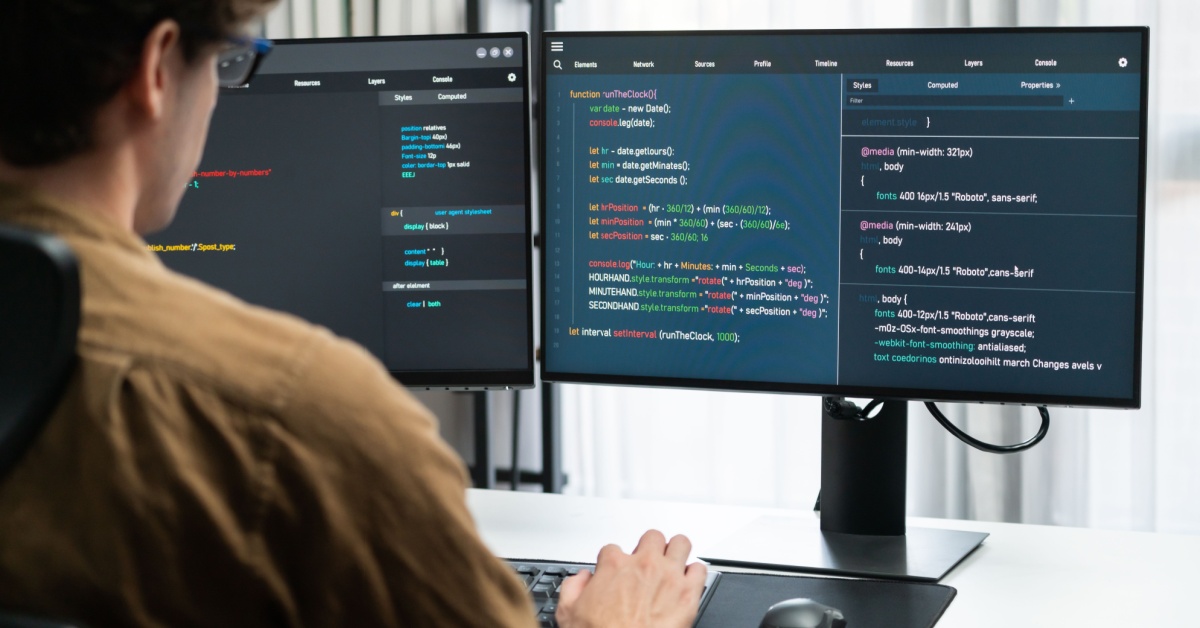
Exploring the power of graph databases in the age of GenAI
In the rapidly evolving landscape of artificial intelligence (AI), the way we store and retrieve data is critical. With the advent of Generative AI (GenAI) technologies, the need for efficient and effective data management systems has never been greater. Among the various database options available, graph databases, such as Neo4j, are emerging as a powerful […]

The Chief Artificial Intelligence Officer Explained: A Guide to the CAIO Role
The role of the Chief Artificial Intelligence Officer (CAIO) has become essential as more organisations adopt AI into their business strategy. Unlike the Chief Technology Officer (CTO), who primarily oversees the development and implementation of technology across an organisation, the CAIO focuses on strategically deploying AI to transform business operations and drive competitive advantage. Their […]

Leveraging Porter’s Five Forces and AI/Machine Learning in Modern Organisations
Porter’s Five Forces model, developed by Michael E. Porter in 1979, remains a cornerstone for analysing the competitive forces that shape industries and strategies within organisations. This framework provides a structured lens through which to examine not just the field of artificial intelligence (AI) and machine learning (ML) but the broader spectrum of modern organisational […]

Advanced Chunking Strategies for RAG
What is Chunking? Nowadays, the development of large language models (LLMs) is progressing rapidly. However, with their advancements come certain drawbacks, such as hallucinations. To address this issue, Retrieval-Augmented Generation (RAG) was developed. Let’s briefly introduce RAG. RAG is a natural language processing technology that combines retrieval and generation. It operates through the following steps: […]

Unveiling the Power of YOLO: Transforming Object Detection with the YOLO Series Models
In this post, we will delve into the YOLO (You Only Look Once) models [1], which have revolutionised the field of object detection with their speed and accuracy. We will start by discussing the traditional methods used for object detection, highlighting their limitations and the challenges they pose. Following this, we will introduce the YOLO […]

The Use of Metrics in Generative AI: Evaluating Performance with LLMs
Generative AI, encompassing models that can produce new content such as text, images, and music, has revolutionised various fields by enabling automated creativity and content generation. Models like OpenAI’s GPT-4, Google’s BERT, and others have demonstrated impressive capabilities in generating human-like text and other media forms. However, to comprehensively understand the business value of a […]

Building a local Retrieval-Augmented Generation system with Gemma LLM and AlloyDB
This article explores the development of a local Retrieval-Augmented Generation (RAG) system using Google’s Gemma Large Language Model (LLM) and AlloyDB, a managed PostgreSQL-compatible database service. This system aims to address the growing demand for efficient and contextually-aware Question Answering (Q&A) applications. Retrieval-Augmented Generation (RAG) Traditional information retrieval techniques often rely on keyword matching, which […]
